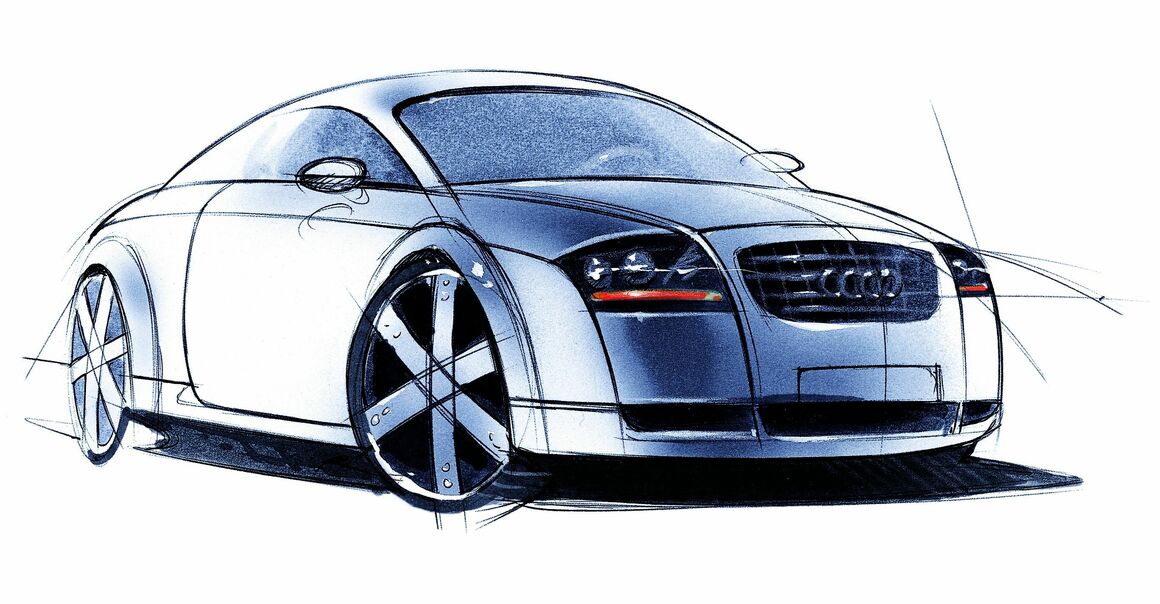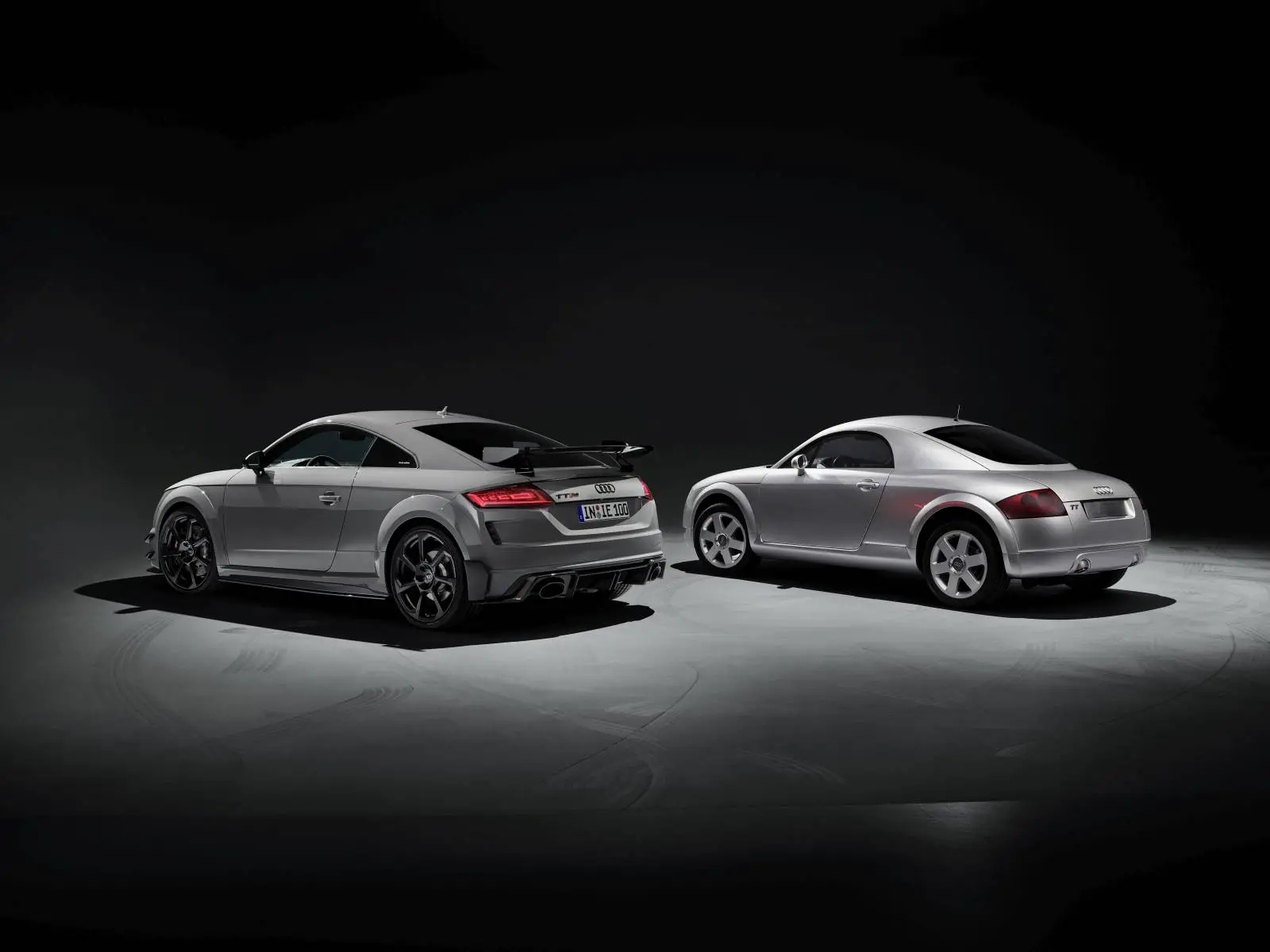2023 marks a poignant year for us at Melbourne Euro. It's not uncommon to see the demise of fun little sports cars because the business case no longer supports them. Now, it's time to bid farewell to the Audi TT, which ends its glorious 25-year journey at the end of this year.

The TT was always more than a car. It was an audacious statement by Audi that broke the mold of its traditional sedans, SUVs, and hatchbacks. Along with the R8, the TT has served as a testament to the diversity and versatility of Audi's lineup, from a petite coupe to a formidable mid-engined V-10 supercar.
As we bid adieu to the TT, let's take a trip down memory lane, recalling its 25-year evolution.

In the mid-'90s, Audi, already established as a luxury brand, sought a symbol to represent its new status. This ambition was realised under the watchful eye of Peter Schreyer, alongside the American car designer Freeman Thomas. The result was the 'TT' - a concept inspired by the Tourist Trophy on the Isle of Man.

Launched officially in 1998, the first-generation TT—Type 8N—was a marvel of design. Its Bauhaus-inspired, rounded lines and stocky proportions were a stark contrast to the competing Mercedes-Benz and BMW models of the time.
Stepping inside the first TT was akin to stepping into the future. The cabin was sparsely but thoughtfully designed. The circle theme from the exterior design extended into the interior, and the low cowl offered excellent visibility. The first TT was armed with a 1.8-litre turbocharged four-cylinder, good for 180 hp, paired with a five-speed manual. Later, Audi released an upgraded version that produced 225 hp.

In 1999, just a year after the launch, Audi revealed the TT Roadster. In 2003, Audi introduced the option of a six-speed dual-clutch transmission, marking the TT as one of the early adopters of this technology.
The second-generation TT - Type 8J, launched in 2008, kept the iconic silhouette while enhancing the vehicle's lighting elements. It also introduced the adaptive dampers and Audi's magnetic ride technology. It boasted a lighter, sleeker frame and the engines were upgraded - a 200-hp, turbocharged 2.0-litre four-cylinder and a 250-hp, 3.2-litre VR6 narrow-angle V-6.
By 2009, the TT received a performance upgrade with the introduction of the TTS, making 265 hp. But Audi wasn't done yet. It introduced the TT RS with a turbocharged 2.5-litre five-cylinder that made 340 hp.

The third and final generation, the Type 8S, launched in 2014. The TT and TTS Coupe made 228 hp and 288 hp respectively from a turbocharged 2.0-litre inline-four. The TT RS made 394 hp from a turbocharged five-cylinder.
The Mk3 TT introduced several innovations, including OLED taillights in 2016 and Audi's "virtual cockpit", replacing analogue gauges with an all-digital driver information cluster.

In a world of screens tacked onto dashboards, the TT's interior stands out for its clean, uncluttered design. The user interface may show its age, but within the context of Everything Else, the TT feels quaint, even refreshing.
But alas, by the end of this year, the Audi TT's 25 years of compact and stylish driving will come to an end. Like the VW Bug, the TT was one of those cars that was instantly recognizable, even by those with only a passing interest in cars. The TT always brought a smile to the faces of those behind the wheel.
We are hopeful Audi has something equally exciting and fun in the pipeline to fill the void left by the TT. For now, we pay tribute to the TT - a true icon of the automotive world, a car that has given us, at Melbourne Euro, countless memories over the years. Here's to the Audi TT - you will be remembered fondly.

